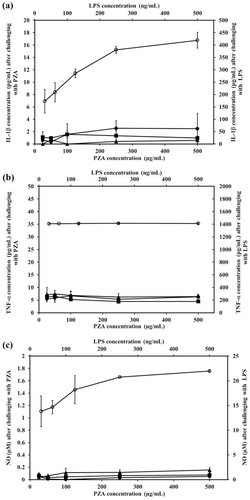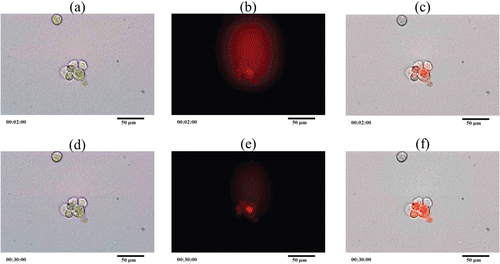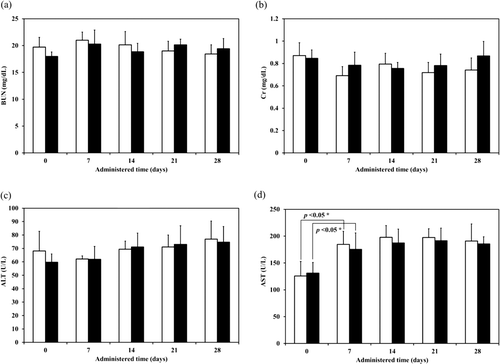Figures & data
Figure 1. The SEM images of (A) spray dried mannitol (bar = 1 µm), (B) porous mannitol (bar = 1 µm), (C–G) PZA- proliposome formulation I to V (bar = 3 µm) and (H) PZA (bar = 300 µm).
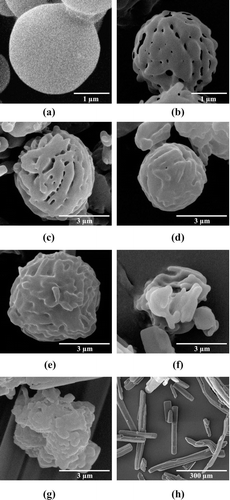
Table 1. Aerosolization properties, encapsulation and dynamic light scattering size measurement after reconstitution of PZA-proliposome formulations (mean ± SD, n = 3).
Figure 2. The X-ray diffraction patterns of (A) porous mannitol, (B–F) PZA-proliposome formulation I to V (containing PZA 10, 20, 40, 60 and 80% w/w, respectively) and (G) PZA.
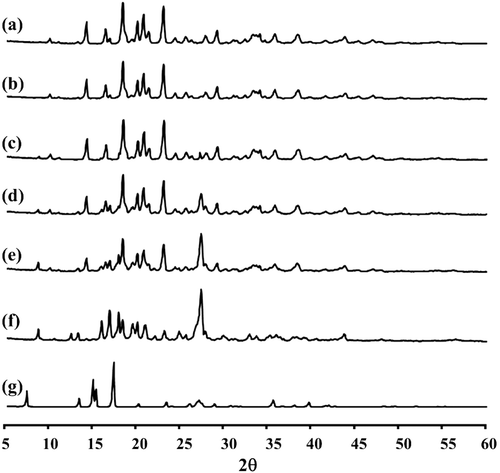
Table 2. Differential scanning calorimeter data of porous mannitol, PZA-proliposome formulations and PZA.
Figure 3. Differential scanning calorimeter thermogram of (A) porous mannitol, (B–F) PZA-proliposome formulation I to V (containing PZA 10, 20, 40, 60 and 80% w/w, respectively) and (G) PZA.
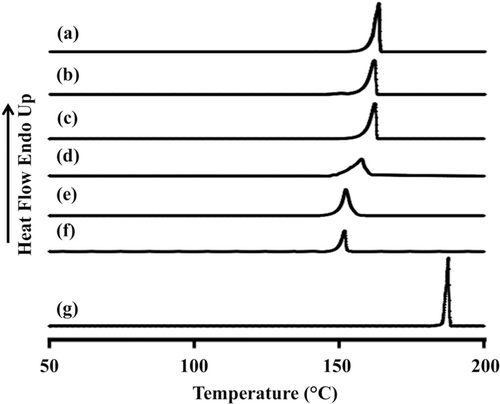
Figure 4. FT-IR spectra of (A) porous mannitol, (B–F) PZA-proliposome formulation I to V (containing PZA 10, 20, 40, 60 and 80% w/w, respectively) and (G) PZA.

Figure 5. Viability of Calu-3 (A), A549 (B) and NR8383 (C) cell lines after exposed with different concentrations of PZA (•), PZA-proliposome formulation I (▴) and PZA-proliposome formulation V (▪) (mean ± SD, n ≥ 6).
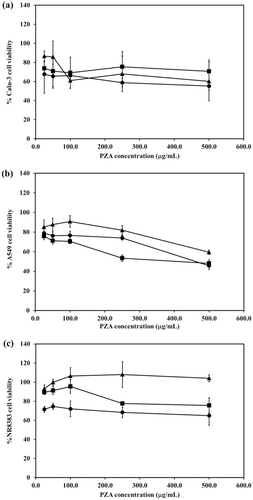
Figure 6. The level of inflammatory cytokine (IL-1β (A) and TNF-α (B)) and nitric oxide (C) produced from NR8383 cell lines after exposure with different concentrations of PZA (•), PZA-proliposome formulation I (▴), PZA-proliposome formulation V (▪) and LPS from E. coli (○) for 24 h (mean ± SD, n ≥ 6).
